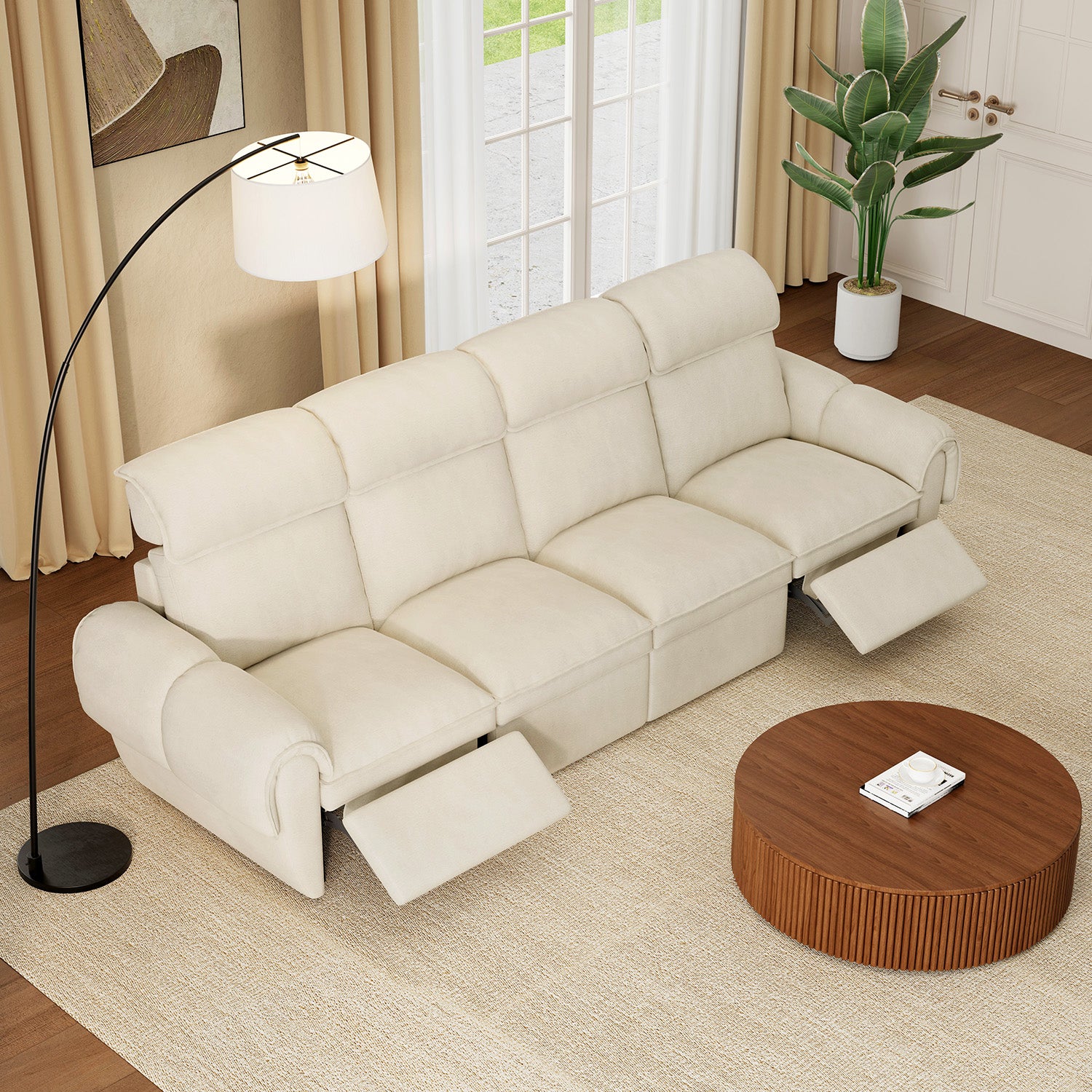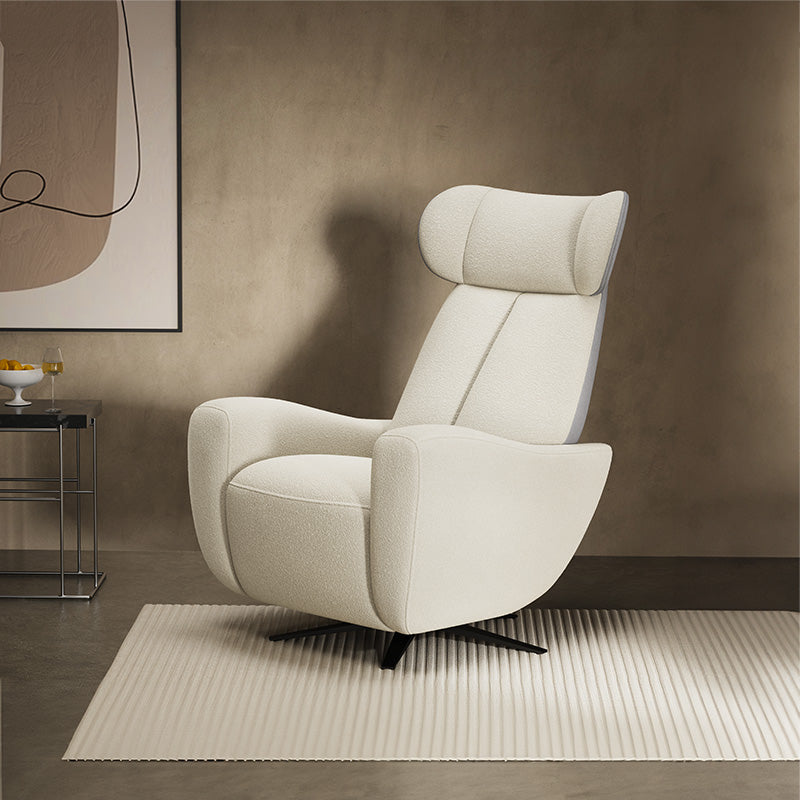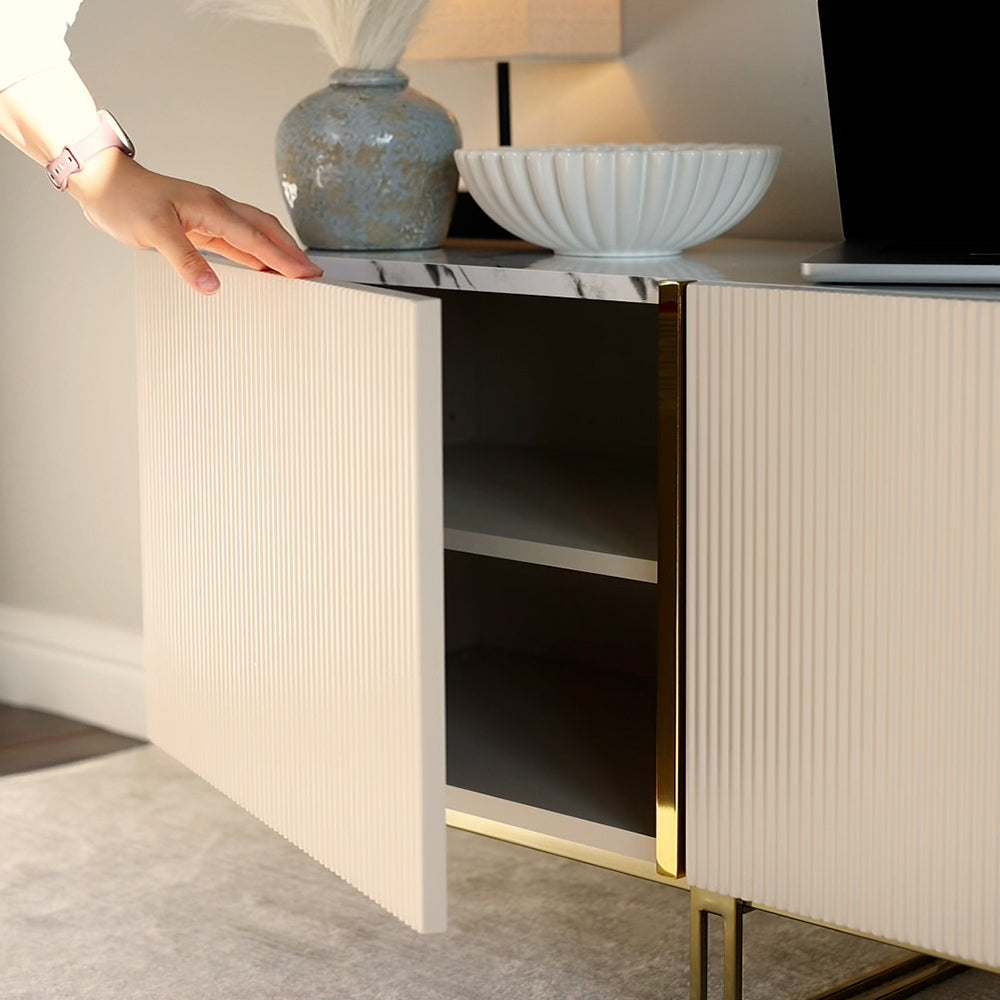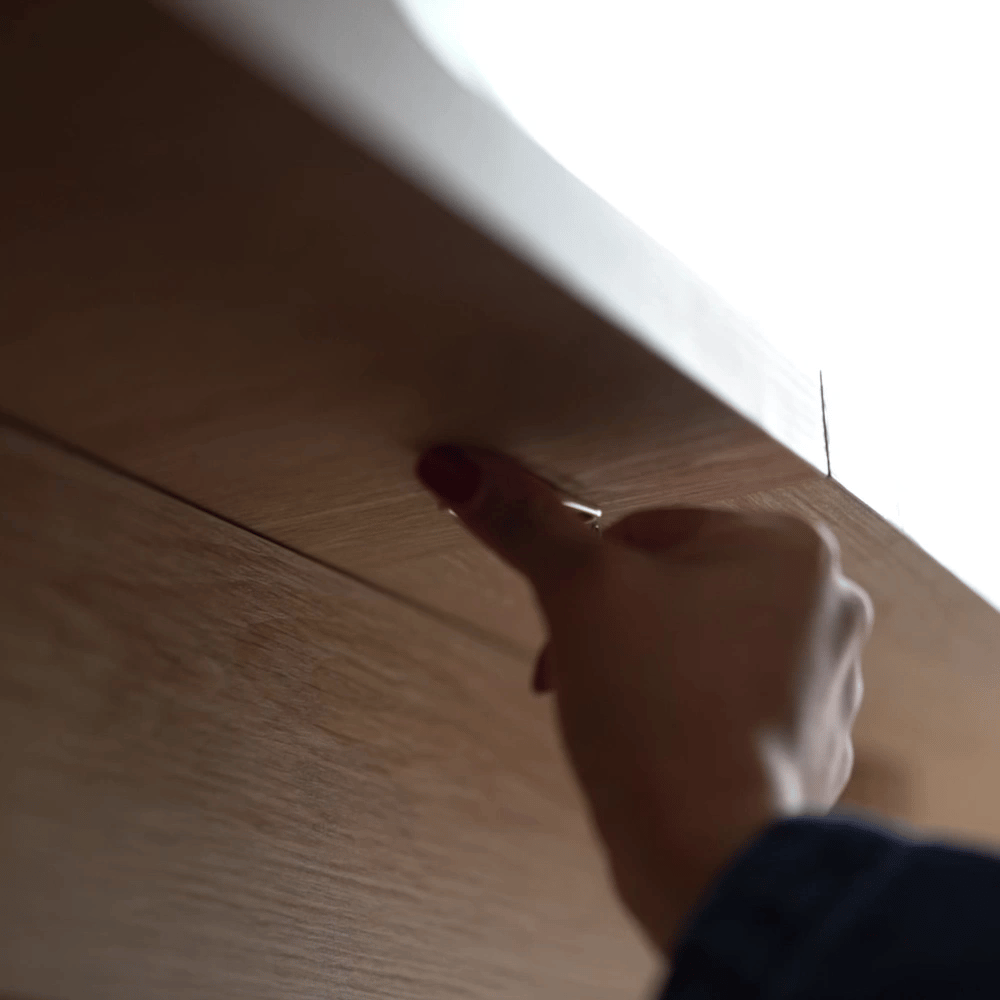Your couch is the unsung hero of your living room, silently bearing the brunt of daily life. It's where you curl up with a good book, host movie nights with friends, and maybe even take an impromptu nap on a lazy Sunday. But as time passes, it's inevitable that dirt, stains, and odors start to mar its once pristine appearance. You've probably found yourself staring at that mysterious spot or sniffing the air and wondering, "How on earth do I get this couch clean?"
Well, fret no more! This guide is here to demystify the process of couch fabric cleaning. Whether your couch is a plush microfiber haven, a delicate linen retreat, or a cozy cotton corner, we've got the solutions. No more guessing games or relying on old wives' tales that might do more harm than good. We'll walk you through the tried-and-true methods, from gentle DIY concoctions to powerful store-bought cleaners, and even explore some natural alternatives for the environmentally conscious. Get ready to roll up your sleeves and give your beloved couch the makeover it deserves, so it can once again be the inviting focal point of your home.
Table of Content
1. Know Your Couch Fabric First
The journey to a clean couch begins with understanding its fabric. Different materials demand different cleaning approaches. Microfiber, for example, is a synthetic wonder known for its stain-resistant properties. A simple solution of mild detergent and water usually does the trick. Just a teaspoon of a gentle, non-biological detergent in a liter of warm water can work wonders. However, always test on an inconspicuous area, like the back of the couch or under a cushion, to avoid any potential color fading or fabric damage.
On the other hand, natural fabrics like cotton and linen bring a touch of elegance but are more delicate. They absorb stains easily and can shrink if not treated carefully. For these, opt for a mild, pH-neutral cleaner. You might want to consider specialized upholstery cleaners formulated specifically for natural fibers, which help lift dirt without compromising the fabric's integrity.
2. The Magic of Mild Detergent and Water
When it comes to general dirt and light stains, a DIY mild detergent and water mixture is a go-to. Fill a spray bottle with the aforementioned diluted detergent solution. Spray sparingly on the soiled area, ensuring not to oversaturate the fabric. Then, take a clean, white microfiber cloth – white is crucial to avoid color transfer – and gently blot the stain. Blotting is key; rubbing can push the dirt deeper into the fabric fibers. Work from the outer edges of the stain towards the center to contain it. Repeat this process until the stain lifts, and then use a dry part of the cloth to absorb any remaining moisture.
3. Harnessing the Power of Specialized Cleaners

For tougher stains – think red wine spills, ink marks, or stubborn grease – specialized upholstery cleaners are your best bet. Brands like Folex and Resolve have formulated products that target specific types of stains. Folex Instant Carpet Spot Remover, despite its name, works wonders on couch fabric too. Its enzyme-based formula breaks down organic stains, making them easier to remove. Apply according to the instructions, usually by spraying directly on the stain, allowing it to penetrate for a few minutes, and then blotting or gently scrubbing with a soft brush.
Another great option is Scotchgard Fabric & Upholstery Cleaner, which not only cleans but also leaves a protective layer to guard against future spills. These cleaners are designed to be safe for most common couch fabrics, but again, always test first.
4. Natural Alternatives for the Eco-Conscious
If you're leaning towards a more natural and eco-friendly cleaning route, your pantry might hold the answers. Vinegar is a powerful, all-natural cleaner. Mix one part white vinegar with two parts water in a spray bottle. The acetic acid in vinegar cuts through grime and neutralizes odors. But beware: its acidity can damage certain fabrics, so it's a must to test on a hidden patch. Spritz the solution on the stain, let it sit for a few minutes, and blot.
Baking soda is another household staple that doubles as a deodorizer. Sprinkle a generous amount on the couch, let it sit for 15-30 minutes to absorb any unpleasant smells, and then vacuum it up thoroughly. For a deeper clean, you can make a paste of baking soda and water, apply it to the stain, let it dry, and then brush it off gently.
5. Steam Cleaning for a Deep Purge
When your couch needs a thorough, deep clean, steam cleaning is the way to go. You can rent a professional-grade steam cleaner from most home improvement stores or invest in a quality handheld model. Steam cleaners use the power of hot steam to penetrate deep into the fabric, loosening dirt, killing bacteria, and eliminating dust mites. Before you start, make sure your couch fabric can handle the heat and moisture. Check the manufacturer's guidelines or do a small test area. Run the steam cleaner in slow, even strokes, overlapping each pass slightly. After steaming, allow the couch to dry completely. This may take several hours or even a full day, depending on the fabric and room ventilation.
6. Post-Cleaning TLC

Once your couch is clean, don't forget the finishing touches. Use a soft brush or your hands to fluff up any flattened cushions or areas. If possible, place the couch near an open window or use a fan to speed up the drying process, but avoid direct sunlight as it can cause fading. Consider applying a fabric protector spray, like 3M Scotchgard Fabric Protector, after cleaning. This invisible shield repels future spills, making subsequent cleanings a breeze.
Conclusion
In conclusion, maintaining clean couch fabric is all about using the right tools and techniques for your specific fabric type. By being proactive and regular with your cleaning routine, you can extend the life of your couch and keep it looking inviting. So, the next time you notice a spot or spill on your beloved couch, you'll know exactly what to reach for. Here's to a clean, comfortable, and stylish living space!
If you want to buy our home furniture or couch for living room, you can check out more on our store

































